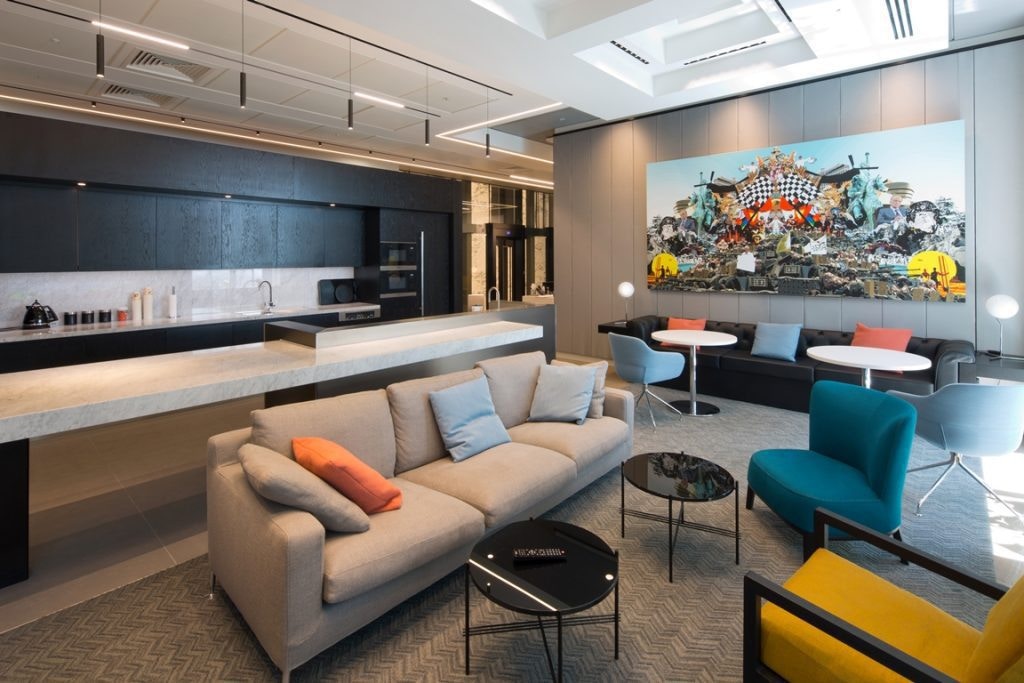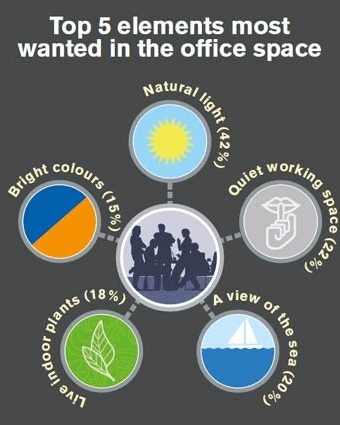Here at K2, we are passionate about all things design and workplace-related, so have created this guide that looks at the office design trends that we expect to see more of during 2017, and beyond.
Note: You can download our Office Design Trends guide as a PDF by clicking on the Download as PDF button, located on the top right of this page
The workplace today is utterly unrecognisable from the workplace of just a decade ago. Fuelled by the advancement of technology, staff now work in a variety of different ways and as a result, the workplace and subsequently, office design has had to adapt.
Today, the modern workplace is flexible and centres around staff, providing them with the tools and space to be as productive, efficient and creative as possible. While many companies have fully embraced this approach, there are many playing catch up, as they realise the importance of creating a great place to work. The benefits of investing in the workplace are well documented, from increased productivity to greater staff retention, as well as making it easier to attract new staff, the workplace can be a very powerful tool.
So, what next for the workplace and office design, how will it look in another decade? What are the big office design trends? Our clients continually ask us about the ‘next big thing’ and what that might be? Mostly, they want to future-proof their workplace but there is no silver bullet response (as far as we know) and while we don’t have a crystal ball, this office design trends eBook is designed to highlight some office design trends that we think will become increasingly popular in 2017 (and beyond).
The Adaptable Flexible Workplace
The flexible, adaptable office isn’t a new phenomenon by any means but we do think flexibility will grow in importance as organisations strive to make the most efficient use of their available space.
Allied to this, staff are spending more and more time away from their desk using laptops and tablets, which has led to the modern workplace becoming a vast array of areas designed for different types of work, from concentration to collaboration. This trend is set to continue with agile work practises on the rise as companies adopt new ways of working designed to attract staff, embrace workplace wellbeing and increase productivity.
The adaptable office mirrors this increased need for flexibility as companies create teams to deliver specific projects, resulting in the office needing to constantly adapt to different team sizes and layouts.
The goal from an office design perspective is to create a space that can easily adapt in line with changing requirements, and smart space planning and furniture choices can play a major part in achieving this.
Embedded Technology in the Workplace
A trend that needs little explanation as technology becomes the great workplace enabler. How we work today will alter significantly as technology advances and new, more efficient ways of working are introduced.
As a result, companies are increasingly investigating ways that they can integrate technology into different areas of the office, including furniture with screens to facilitate presentations and collaboration to smart receptions and pods that enable staff to use thin client devices.



